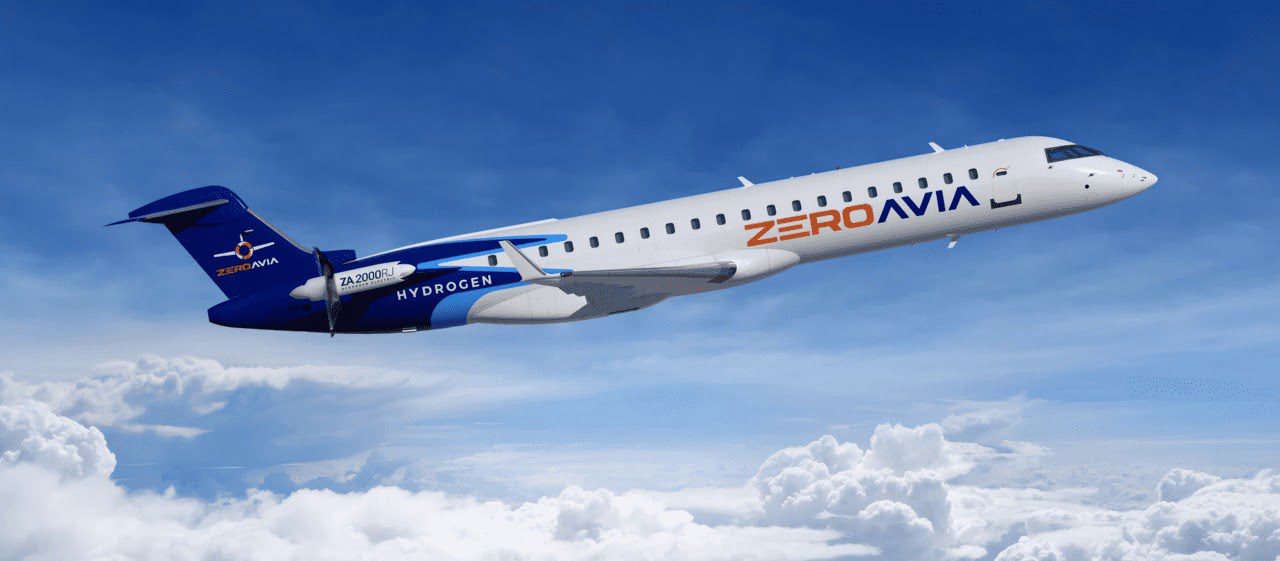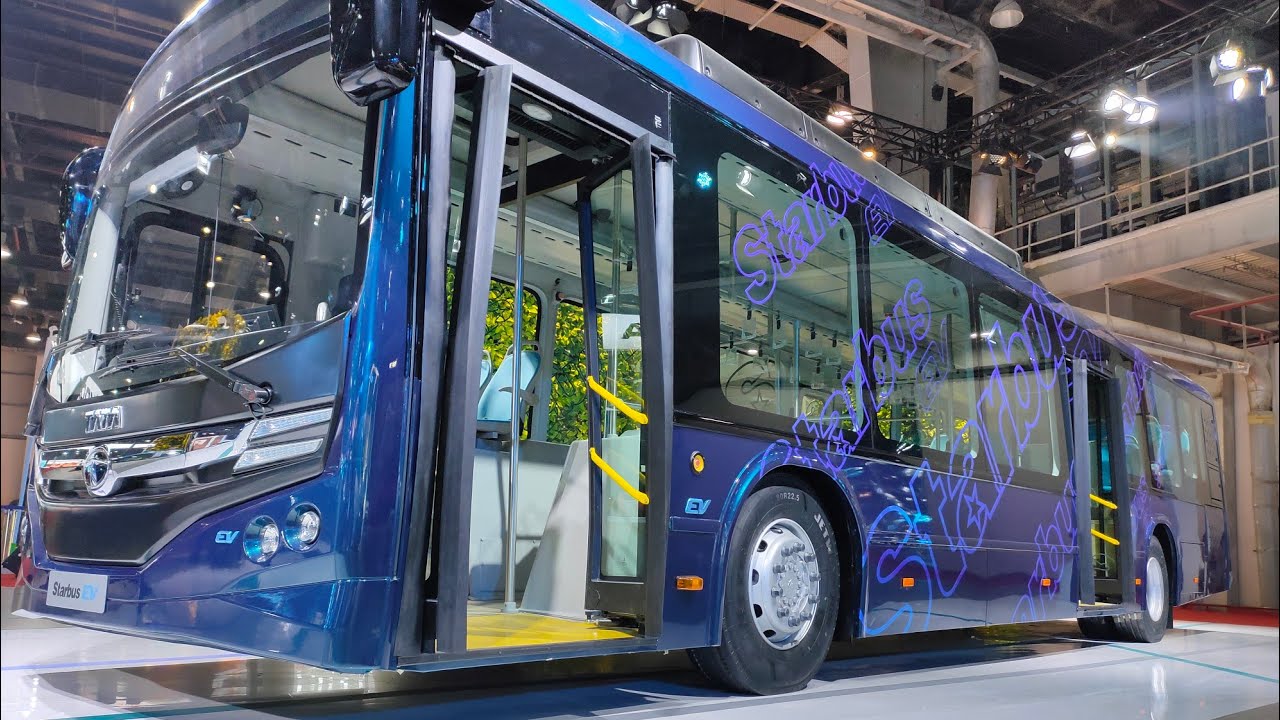Table of Contents
The Imperative for Change
The global dependence on nitrogen fertilizer for intensive agriculture comes with significant environmental challenges, particularly in terms of carbon emissions and vulnerability to fossil fuel market fluctuations. Researchers from ETH Zurich and Stanford University have explored alternative, carbon-neutral production methods to address these pressing issues. Discover how sustainable nitrogen fertilizers are transforming agriculture, offering eco-friendly alternatives to traditional methods. Learn about innovative solutions that reduce environmental impact while boosting crop yields for a changing world.
| Method | Advantages | Disadvantages |
|---|---|---|
| Carbon Capture and Storage (CCS) | – Efficient CO2 capture | – Maintains dependence on fossil fuels |
| – Extensive infrastructure | – High storage costs | |
| Electrification via Water Electrolysis | – Environmentally friendly | – High electricity demand |
| – Utilizes renewable energy | – Potential competition for electricity with other sectors | |
| Biomass Synthesis | – Sustainable if using waste biomass | – Requires significant land and water |
Carbon Capture and Storage (CCS): Balancing Efficiency and Dependence
One proposed method involves capturing and storing CO2 emissions from fossil fuel-based hydrogen production underground, known as Carbon Capture and Storage (CCS). While efficient, this approach retains reliance on fossil fuels and demands substantial infrastructure for capturing, transporting, and storing CO2. The trade-off between efficiency gains and perpetuating dependence on non-renewable resources requires careful consideration.
Electrification via Water Electrolysis: Harnessing Renewable Energy
Sustainable nitrogen fertilizers are revolutionizing agriculture by providing eco-friendly alternatives to traditional synthetic fertilizers, which often contribute to environmental issues such as nitrogen runoff, greenhouse gas emissions, and water pollution. Innovations like slow-release fertilizers and enhanced efficiency fertilizers (EEFs) are helping farmers optimize nitrogen use, ensuring that nutrients are absorbed by plants gradually and more effectively.
These solutions reduce nitrogen wastage, minimize harmful runoff into waterways, and lower nitrous oxide emissions—one of the most potent greenhouse gases. With these fertilizers, farmers can maintain or even increase crop yields while reducing their environmental footprint, making agriculture more sustainable and less reliant on harmful chemicals.
In addition to enhancing efficiency, sustainable nitrogen fertilizers are also supporting regenerative agricultural practices by promoting better soil health and reducing dependency on excessive chemical inputs. Technologies like biological nitrogen fixation, where certain plants or microbes naturally convert atmospheric nitrogen into usable forms for crops, are being harnessed to further reduce the need for synthetic fertilizers.
Moreover, green ammonia production, powered by renewable energy sources, is transforming the way ammonia—the key component of nitrogen fertilizers—is produced, dramatically cutting down the carbon emissions associated with its manufacturing. These innovative solutions offer a path toward more sustainable farming practices, boosting productivity and helping the agriculture sector adapt to the challenges of feeding a growing global population while mitigating its impact on the environment.
Biomass Synthesis: Navigating Land and Water Constraints
Synthesizing hydrogen from biomass presents a viable option, especially when utilizing waste biomass to avoid direct competition with food production. However, this method requires substantial amounts of arable land and water, raising concerns about its feasibility on a large scale. Striking a balance between sustainability and resource requirements is crucial for the successful implementation of biomass synthesis.

Combining Approaches: Tailoring Solutions for Global Impact
The researchers emphasize the need for a hybrid approach, combining elements of CCS, electrification, and biomass synthesis depending on specific country conditions and available resources. Such a tailored strategy could mitigate the downsides of individual methods, providing a more comprehensive and sustainable solution to nitrogen fertilizer production.
Decarbonization for Resilient Agriculture
As the conflict in Ukraine intensifies concerns over nitrogen fertilizer production costs, the call for decarbonization becomes even more urgent. Shifting towards sustainable production methods not only addresses climate concerns but also enhances global food security. While challenges remain, the researchers assert that a concerted effort to make nitrogen fertilizer production more sustainable is essential for meeting climate targets and ensuring a resilient future for agriculture.
What Makes Sustainable Nitrogen Fertilizers Different?
Traditional nitrogen fertilizers, primarily in the form of synthetic ammonium nitrate or urea, contribute significantly to pollution through nitrous oxide (N2O) emissions—a potent greenhouse gas—and leaching into groundwater, which can contaminate water supplies. Sustainable alternatives focus on improving the efficiency of nitrogen usage and reducing these negative effects.
1. Slow-Release Fertilizers:
Slow-release nitrogen fertilizers are designed to gradually release nitrogen into the soil, ensuring that crops receive nutrients over an extended period rather than all at once. This helps reduce nitrogen runoff and ensures better nutrient absorption by plants, enhancing crop productivity while minimizing environmental damage.
2. Enhanced Efficiency Fertilizers (EEFs):
EEFs include additives that help reduce nitrogen losses, such as inhibitors that slow down the conversion of nitrogen into forms that can escape into the air or water. These fertilizers ensure that more nitrogen remains available for crops, which not only boosts yields but also cuts down on the amount of fertilizer needed, reducing environmental harm.
3. Biological Nitrogen Fixation:
One of the most promising developments in sustainable nitrogen fertilization involves biological nitrogen fixation, where certain crops or microbes naturally “fix” nitrogen from the atmosphere into a form that plants can use. Researchers are working on enhancing these natural processes or incorporating nitrogen-fixing bacteria into synthetic fertilizers, significantly reducing the need for synthetic nitrogen applications.
4. Green Ammonia Production:
The production of ammonia, a key component in nitrogen fertilizers, is traditionally energy-intensive and reliant on fossil fuels. However, innovations in green ammonia production, using renewable energy sources like wind and solar to power the process, are beginning to make a significant impact. This sustainable method could greatly reduce the carbon footprint of nitrogen fertilizers.
Benefits of Sustainable Nitrogen Fertilizers:
- Environmental Protection: Sustainable nitrogen fertilizers help to limit nitrous oxide emissions and water contamination, key environmental issues associated with conventional nitrogen use. By improving nitrogen use efficiency, these fertilizers significantly reduce the pollution and carbon footprint of agriculture.
- Increased Crop Yields: When nitrogen is used more efficiently, crops receive the nutrients they need without over-application. This improves overall crop yield, which is crucial in meeting global food demands. With better nutrient management, farmers can produce more food using fewer resources.
- Cost Savings for Farmers: Although sustainable fertilizers may have a higher upfront cost, their enhanced efficiency means farmers can use less fertilizer overall, leading to long-term cost savings. Additionally, better nitrogen management can reduce the need for additional inputs, such as water and pesticides.
- Improved Soil Health: By minimizing nutrient runoff and reducing over-fertilization, sustainable nitrogen fertilizers help preserve soil health, promoting better soil structure, nutrient cycling, and overall ecosystem health.
As the agricultural sector works to balance the dual challenges of increasing food production and mitigating environmental impact, sustainable nitrogen fertilizers offer a vital solution. Through the adoption of slow-release, enhanced efficiency, and biologically-based technologies, these fertilizers not only help protect the environment but also contribute to the productivity and long-term viability of farming. The ongoing advancements in sustainable nitrogen technologies point toward a more resilient and eco-conscious future for global agriculture.
Related Posts






















Leave feedback about this